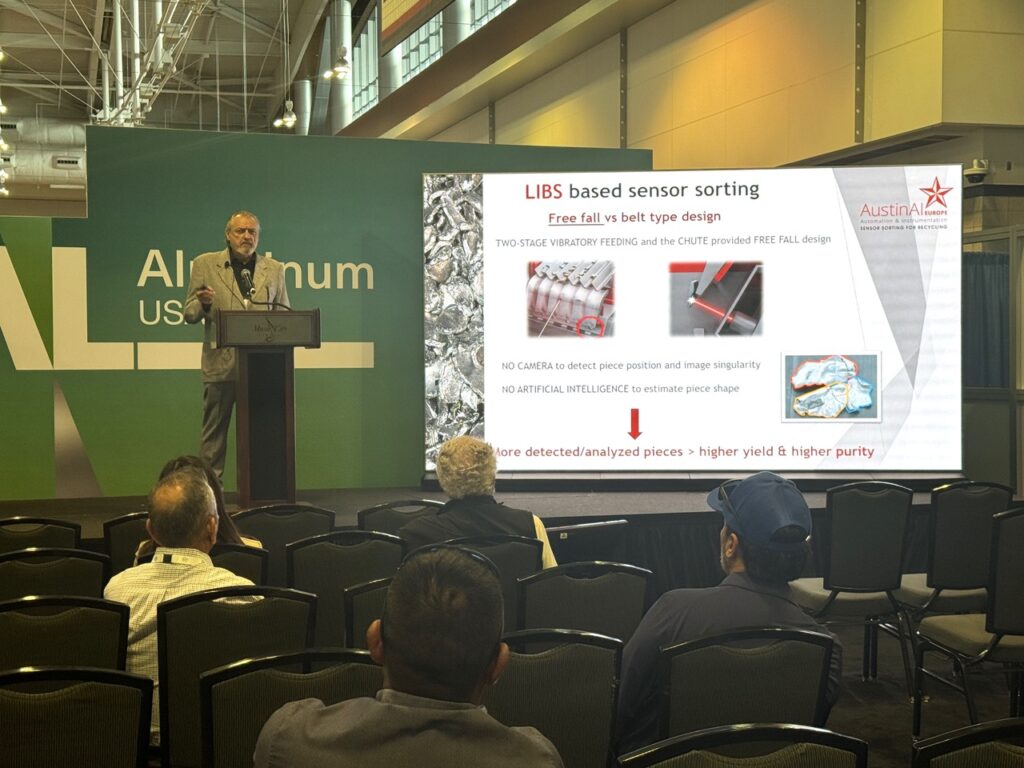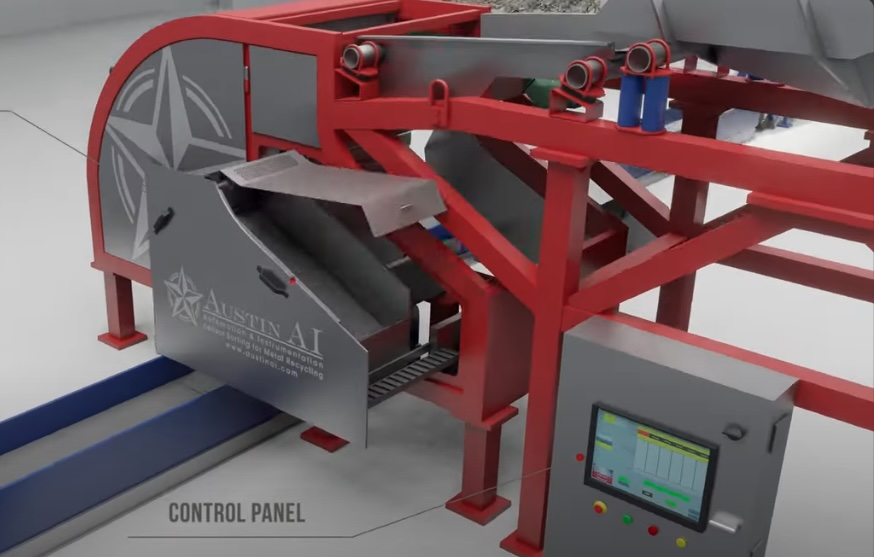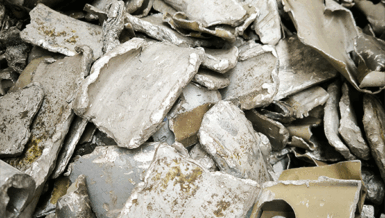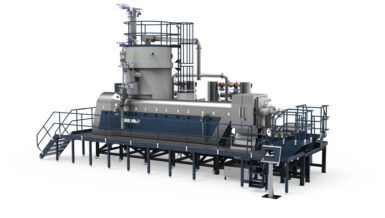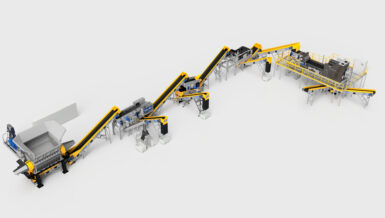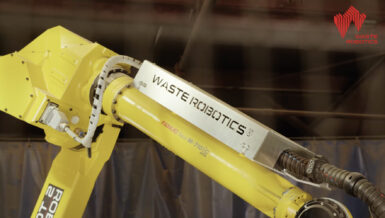Problem Statement
In an ideal operation, commercial decisions are synchronized with real-time data from pricing indexes (e.g., AMM/Platts, LME), supply capabilities, and production flow. Unfortunately, in some organizations, sales teams prioritize fulfilling quotas or selling material into long-standing channels without consideration of higher-margin alternatives or operational efficiency. This disconnect results in:
- Missed revenue opportunities due to suboptimal material mix being sold.
- Inventory imbalance, such as stockpiling lower-demand commodities while higher-value grades are underutilized.
- Inefficient processing workflows when the yard is required to sort or produce materials outside of standard runs.
- Strained vendor relationships if contracts are pushed for grades the processor is not currently generating at volume.
Illustrative Examples
Example 1: Missed Copper Margin – A recycling facility producing mixed copper wire was directed by the sales team to fulfill a longstanding #2 copper contract. The current market showed a significant spread between #2 and #1 wire, and processing capability existed to upgrade material. However, the directive to fulfill a legacy customer order at suboptimal pricing left tens of thousands in unrealized margin.
Example 2: Aluminum Scrap Flow Disruption – Sales directed a push to package painted siding aluminum for a regional buyer at below-market pricing, despite robust national demand for clean 6063 extrusion. The yard diverted labor to meet this lower-value order, resulting in backlogs for higher-grade, higher-return materials.
Root Causes
- Sales-Driven Culture Without Operational Feedback Loops – Sales decisions are made in isolation, without input from operations, pricing analysts, or traders.
- Lack of Incentive Alignment – Commercial personnel are incentivized by volume or contract renewal, rather than maximizing net revenue or return per ton.
- Data Silos – Market intelligence and yard inventory/production data are not readily available to the sales function in real time.
Recommendations for Correction
- Cross-Functional Sales Strategy – Establish integrated decision-making between sales, operations, and market analytics teams.
- Real-Time Market Monitoring Tools – Provide sales personnel with live commodity pricing dashboards, with alerts when price spreads suggest a shift in sales strategy.
- Incentive Redesign – Align commission and bonus structures with profitability metrics rather than volume alone.
- Production-Sales Integration – Create weekly cross-departmental planning sessions where inventory flow, production capabilities, and market outlook are reviewed collaboratively.
The scrap metal industry cannot afford to let outdated commercial habits or siloed decision-making dictate what the yard processes and sells. A market-driven approach—grounded in data, aligned incentives, and cross-functional collaboration—is essential to maximize profitability and respond dynamically to fluctuating commodity environments. Companies that fail to adapt risk falling behind more agile, analytically driven competitors.
Emerging Technologies and Market Responsiveness
Newer technologies, such as Laser-Induced Breakdown Spectroscopy (LIBS), are transforming the capabilities of scrap metal recyclers. LIBS systems provide fast, accurate elemental analysis, enabling processors to efficiently extract and sort elements and alloys that were previously difficult or impossible to isolate through traditional means. This is particularly important for the recovery of rare earth elements (REEs), which are in short supply and high demand across industries such as electronics, renewable energy, and defense manufacturing.
With LIBS technology, recyclers can unlock higher-value streams by identifying and separating specific grades or rare elements on-site, in real time. This enhances the ability to respond to premium market opportunities and supports the transition toward a circular economy. By aligning technology investments with market demands, scrap processors can move beyond low-margin volume sales and capture value from materials that were once relegated to mixed or downgraded categories.
Dedicated to the Science of Recycling
As a pioneer and industry leader in the science of laser-induced breakdown spectroscopy (LIBS), Austin AI, Inc. has built its reputation on a commitment to greater scrap sorting efficiency resulting in reduced processing times, lower energy costs, greater purity, while promoting sustainability. Austin AI, Inc. has patents for scrap metal sorting and is dominant in worldwide installed LIBS based sorting systems.
